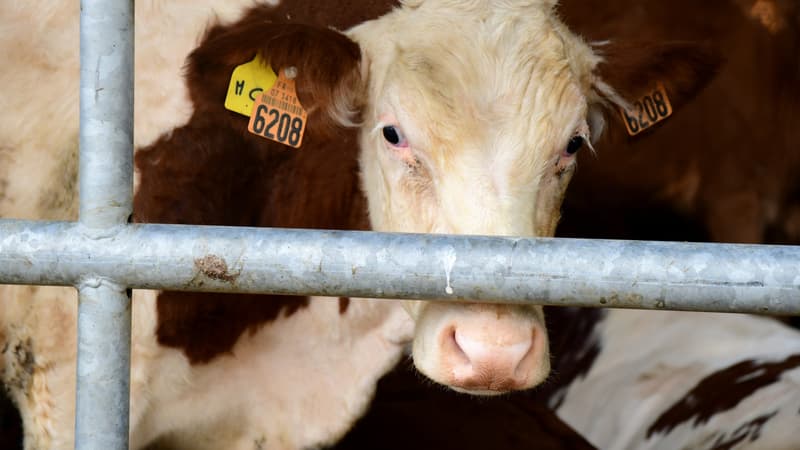The Ministry of Agriculture announced on Thursday the resumption of beef exports, suspended for two weeks to prevent the spread of lumpy skin disease (LCD), which, however, continues to advance in the Eastern Pyrenees and the Jura.
The suspension of exports throughout the country provoked protest from the dominant union, the FNSEA, until now the main defender of the disease eradication strategy implemented by the State.
The ministry had highlighted “illicit” movements of animals, probably at the origin of the spread of the disease outside of Savoy and Haute-Savoie, where the disease first appeared in June and has since been controlled, with restrictions lifted in mid-October.
Breeder federations were concerned about the consequences of this suspension on prices, but also about the additional costs generated to feed the tens of thousands of young cattle that leave each week for Italy or Spain to be fattened, a country that France exports worth more than one billion euros a year.
A fifteen-day suspension
“To preserve the economic situation of the livestock sector and support all responsible professionals who have made great efforts,” Minister Annie Genevard decided to “soon resume livestock exports from November 1,” said a statement published on Thursday. The suspension lasted fifteen days in total.
This survey applies to free zones, but not to those regulated around the DNC outbreaks identified between September and mid-October in the Rhône, Isère, Ain, Pyrénées-Orientales and Jura.
Livestock concentration centers will also be subject, until November 16, to strict controls to guarantee the traceability of animal movements and an “optimal health response capacity if necessary.” Festive gatherings with animals remain prohibited. The ministry is pleased that no new DNC outbreak has been declared outside the regulated areas, “which confirms the effectiveness of the health strategy.”
But in the last three weeks, fifteen new outbreaks have been detected in the Pyrénées-Orientales, in the Doubs and in the Jura in particular, compared to seven outbreaks in the previous nine weeks. Since the arrival of the disease in France, 95 outbreaks have been recorded on 63 farms.
More than 2,600 animals were sacrificed and the government’s strategy provides for the total depopulation of homes with one or more sick animals.
Source: BFM TV


